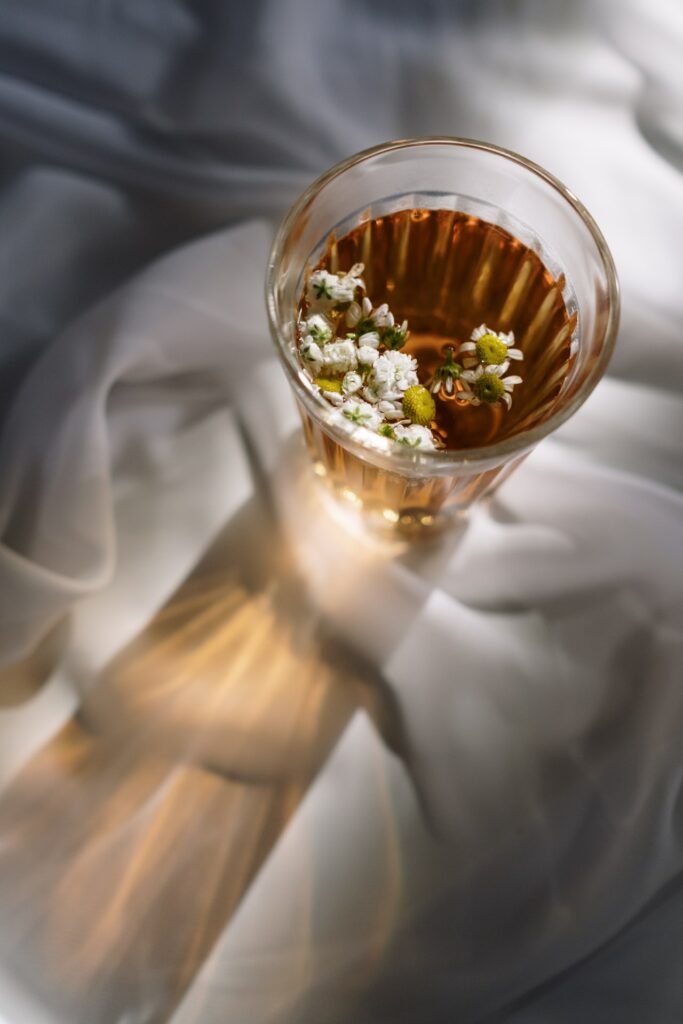
What types of ceramics can be found in kitchenware ?
There are several types of ceramics that are commonly used in kitchenware, including:
- Porcelain – This type of ceramic is known for its durability and is often used for dishes, cups, and other tableware. It is resistant to chipping and scratching, and is safe for use in the microwave and dishwasher.
- Stoneware – This type of ceramic is known for its strength and is often used for baking dishes, casserole dishes, and other oven-safe kitchenware. It is resistant to chipping and scratching, and is safe for use in the microwave and dishwasher.
- Earthenware – This type of ceramic is made from a porous clay that is fired at a lower temperature than porcelain and stoneware. It is not as durable as other ceramics and is more prone to chipping and scratching. It is not recommended for use in the microwave or dishwasher.
- Terra cotta – This type of ceramic is made from a porous clay that is fired at a lower temperature than porcelain and stoneware. It is not as durable as other ceramics and is more prone to chipping and scratching. It is not recommended for use in the microwave or dishwasher.
You might be wondering what would be the difference between terra-cotta and earthenware then ?
Terra cotta is distinguished by its brown-red color and is usually unglazed. While earthenware refers to any dish made of clay that was baked to harden, it can be any color and can be glazed as well. Terra cotta is therefore a subtype of earthenware.

Stoneware is harder and denser than earthenware, as for the difference between stoneware and porcelain, Made in’s cookware blog puts it this way :
Porcelain is made with a type of clay that has a much finer grain than the clay used for stoneware. Once it’s fired, porcelain has a smoother texture that’s easier to clean and has a more visually appealing and non stick finish.
https://madeincookware.com/blogs/stoneware-vs-porcelain
Porcelain can be used as bakeware or dinnerware. Some non-ceramic dinnerware alternatives to porcelain are:
- Melamine –
- Vitrified glass –
Some particular types of porcelain include:
- Fine China –
- Bone China – Made in part with animal bone ashes in addition to clay so not the most “vegan” choice.
Ceramic kitchenware is a popular choice because it is non-reactive, safe for use with food, and easy to clean. However, it is important to handle ceramic kitchenware with care to avoid chipping or breaking it.




